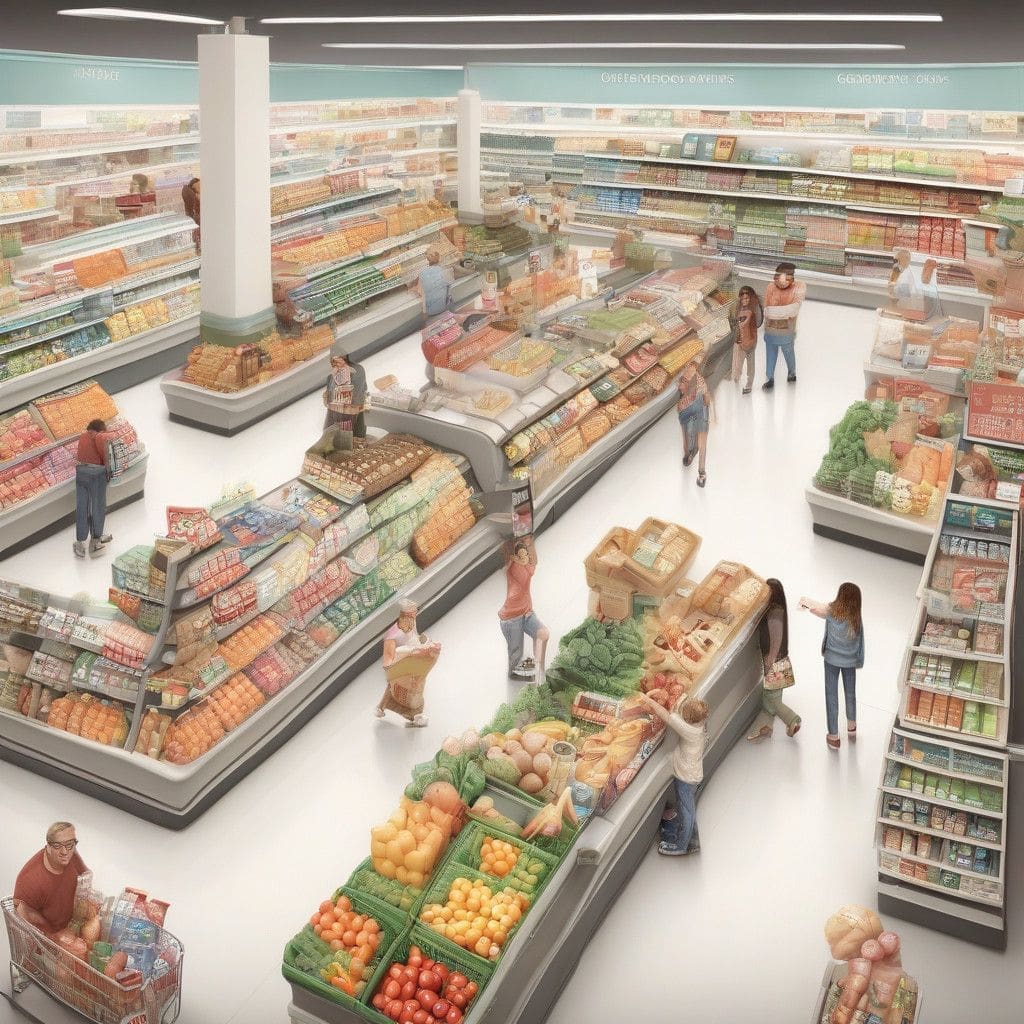In recent years, the grocery landscape has witnessed a significant transformation, primarily driven by the rise of value grocery chains like Aldi and Trader Joe’s. These retailers have successfully carved out a niche that appeals to cost-conscious consumers without compromising on quality. As we analyze the surge in this category and examine the specific strategies employed by Aldi and Trader Joe’s, grocery stores can glean vital insights on how to compete with these disruptors effectively.
Understanding Consumer Behavior Shifts
Consumer behavior in the grocery sector has evolved considerably over the past few years, shaped by economic pressures and changing preferences. With inflationary pressures squeezing household budgets, shoppers prioritize value alongside quality and convenience. According to recent surveys, over 60% of consumers report being more price-sensitive now than in previous years. This shift has prompted many to explore alternative grocery avenues, especially those offering lower prices without sacrificing product quality.
This new consumer mindset has favored value grocery chains, which often feature streamlined product selections and lower overhead costs. For example, Aldi operates with a no-frills concept—focusing on essential items and private-label brands that deliver considerable savings. Trader Joe’s, on the other hand, employs a unique combination of quirky branding and a meticulously curated shopping experience that encourages customers to explore new products. Both chains have successfully built strong customer loyalty, resulting in impressive sales numbers that traditional grocery stores struggle to match.
Aldi’s Smart Strategies
Aldi has mastered the art of minimalism in grocery retail. While many conventional grocery stores inundate shoppers with promotional displays and extensive product ranges, Aldi simplifies the experience. The store layout is straightforward, and the product selection is limited to a few well-chosen options across categories. This curation not only streamlines operations but also enables Aldi to offer consistently low prices.
Aldi’s approach to private-label products is another significant differentiator. Approximately 90% of the items on their shelves are store-brand products, which often provide savings of 20-50% compared to national brands. By cutting out middlemen and building strong relationships with suppliers, Aldi can maintain its competitive pricing while ensuring quality. Understanding the power of personalized marketing, Aldi recently shifted some focus toward customer engagement via digital channels to enhance customer loyalty and drive sales.
Trader Joe’s Unique Selling Proposition
Trader Joe’s thrives on creating a distinctive shopping atmosphere that transcends standard grocery experiences. Its vibrant store designs, friendly staff, and a compelling narrative around product sourcing resonate well with consumers looking for quality foods at reasonable prices. The store’s adventurous selection gives customers the impression they are exploring a specialty food shop rather than a typical supermarket.
To further compound their appeal, Trader Joe’s is famous for its “fearless flyer” newsletters—informal yet informative publications that highlight new and exciting products while sharing recipes and pairing ideas. This strategy not only drives customer engagement but also fosters a community around its brand.
Moreover, Trader Joe’s commitment to quality extends to its sourcing standards, which are marketed as an essential aspect of its identity. By emphasizing safety and health, the retailer has captured the attention of health-conscious shoppers. Studies show that nearly 40% of consumers are increasingly paying attention to product origins and ingredient transparency. Trader Joe’s capitalizes on this trend by ensuring its offerings align with consumer desires for healthful, ethically sourced products.
Competing with Value Grocery Chains
For traditional grocery stores aiming to compete with the likes of Aldi and Trader Joe’s, a multi-faceted approach is essential. First, understanding customer motivations is critical. Grocery retailers need to monitor local consumer preferences: Are they seeking savings, quality, a unique product assortment, or all of the above? Regular feedback via surveys and social media engagement can provide valuable insight into customer needs.
Additionally, emphasizing a value proposition is crucial. Grocery retailers should explore enhancing their private label offerings to offer high quality at competitive prices. This could involve collaborating with local producers for unique products or creating innovative items that appeal to evolving consumer preferences.
Finally, investing in customer experience is paramount. Enhancing the in-store shopping experience by training staff to provide exceptional service, introducing loyalty programs, and optimizing store layouts can create a more inviting atmosphere. Implementing an e-commerce strategy that resonates with digital-savvy consumers may also encourage additional sales, whether through online ordering, curbside pickup, or home delivery.
Looking Ahead
As we navigate the future of grocery retail, it seems clear that Aldi and Trader Joe’s have successfully identified and capitalized on key trends that resonate with today’s consumers. Their strategies not only appeal to the cost-conscious shopper but also help cultivate a unique brand identity that fosters loyalty.
For established grocery chains, it is imperative to adapt by focusing on their unique strengths, understanding consumer behavior, and crafting an engaging shopping experience that can draw customers away from these value-oriented competitors. Those that can innovate and adapt will likely thrive amidst the changing tides of the grocery landscape.
Ultimately, the rise of value grocery chains is not a fleeting phase. It marks a shift toward a more conscious approach to shopping where quality and value coexist. Grocery retailers would do well to take note and adjust their operational strategies accordingly as we look to a future where consumer expectations continue to rise.
